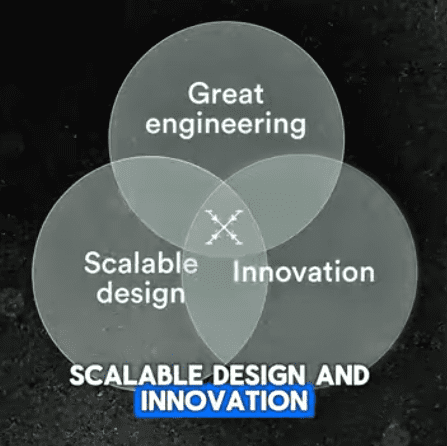There’s no such thing as a “final product”. In this post and video, we explore why focusing on a “final product” might be holding you back and biasing your approach to developing a product. We’ll discuss why the best companies build to learn, not to finish – and how your first version is really just your baseline, not your destination.
Whether you’re a founder, engineer, or product lead, this is about shifting from perfection paralysis to a continuous improvement mindset.
When people think about developing a product for the first time, they often envision a polished, perfect final product sitting on the shelf. But in reality, there’s no such thing as a final product.
The best companies, from small lean startups to global tech giants, build to learn. They launch early, iterate quickly, and evolve based on real-world feedback for both software products and hardware products.
Think of the first release of your product not as the product, but as a baseline. It will be a snapshot of your progress at that point in time, but not where your product and your business will end up in the long term.
Some of the most successful products on the market today look nothing like their earlier versions. Why is that? Well, lots of reasons:
- Users behave differently from what you ever expected
- Technology is improving so rapidly
- Your competitors might catch up to you
These factors are why modern product development is all about speed of prototyping, validating assumptions and being willing to change even after a release. Of course, you need to ensure that the product you release is valid – don’t rush too quickly. But what matters more than perfection is what you learn once your product is in users’ hands.
So don’t obsess over getting everything perfect. Focus on what you can test, release and improve fast. That’s how great products are made. Never in just one perfect pass.

